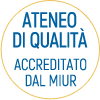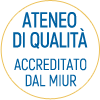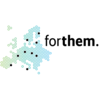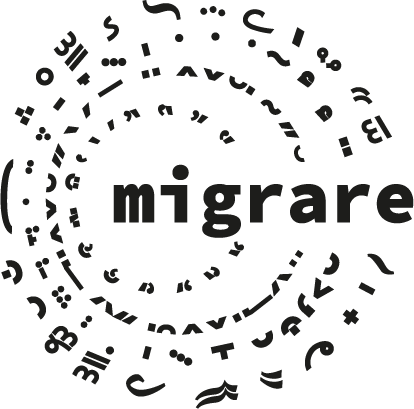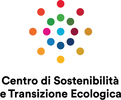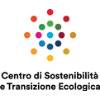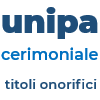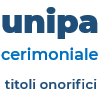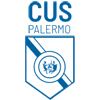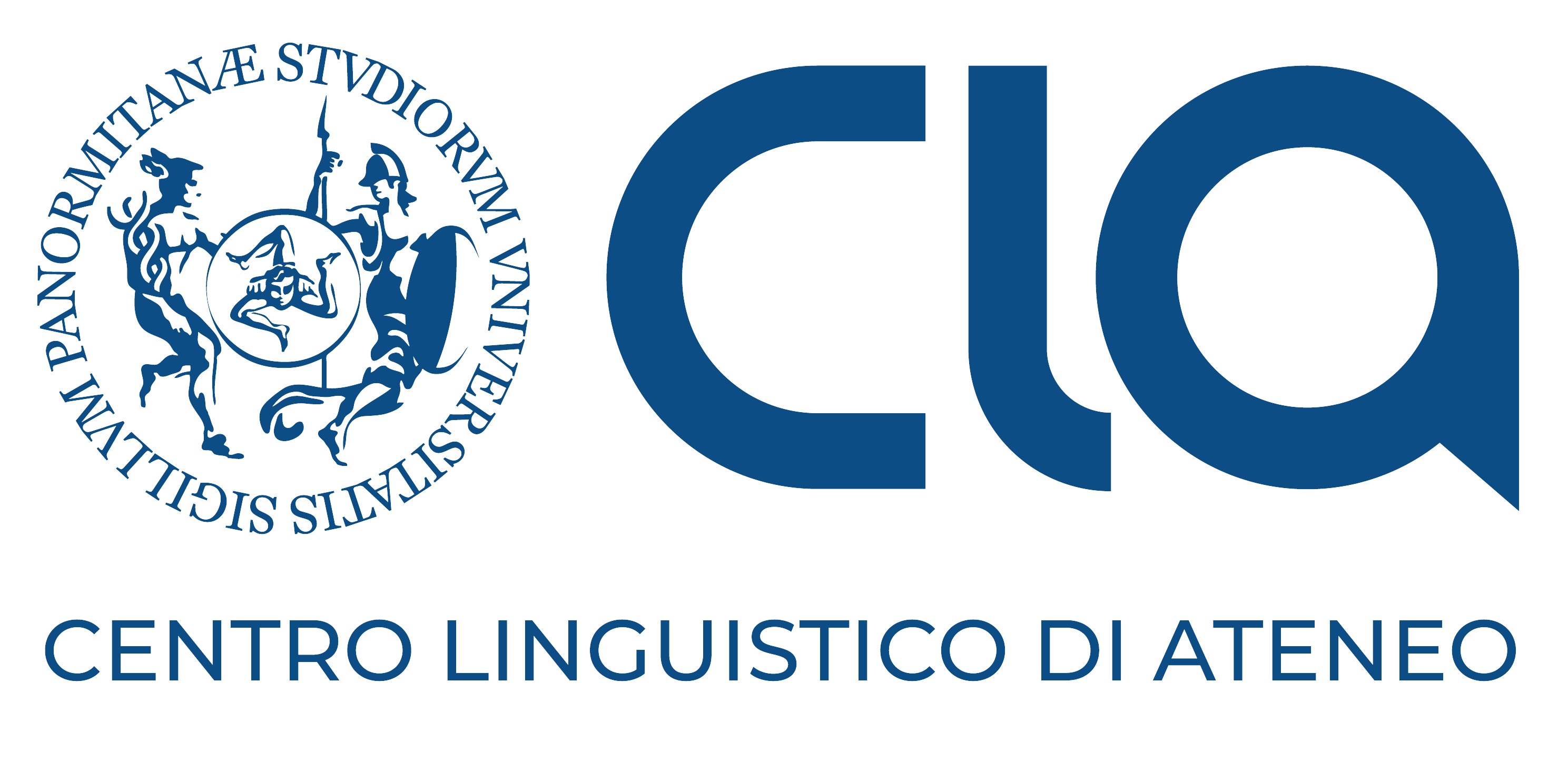Galleria delle immagini
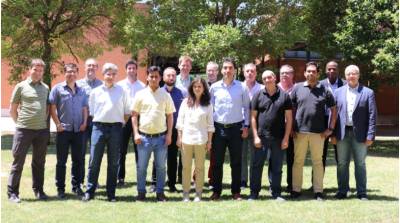
Figura 1: Il Dottorato in ICT è parte di una European Training Network su comunicazioni con luce nel visibile. I diodi a emissione di luce (LED) stanno guidando una rivoluzione nei sistemi di illuminazione grazie alla loro superiore efficienza energetica e stanno già entrando nel mercato dell'Internet of Things (IoT) con funzionalità sensoriali integrate. Portando la connettività a ogni lampadina a LED, le comunicazioni con Visible Light (VLC) offriranno l'opportunità di scrivere il prossimo capitolo della rivoluzione LED, con infrastruttura di comunicazione pervasive. In foto, il kick-off meeting del progetto con tutto il gruppo dei docenti tutor.
Figure 1:The International Ph.D. Program on ICT is part of a European-Training-Network on Visible light communications. Light-emitting diodes (LEDs) are driving a revolution in lighting systems thanks to their superior energy efficiency and are already entering the Internet of Things (IoT) market with integrated sensory functionalities. By bringing connectivity to each LED bulb, Visible Light Communication (VLC) offers the opportunity to write the next chapter of the LED revolution in the language of ubiquitous networks. In the picture, the kick-off meeting of the project with the whole group of Supervisors.
--------------------------------------------------------------------------------------------------------------------------------------------------------------------------------------
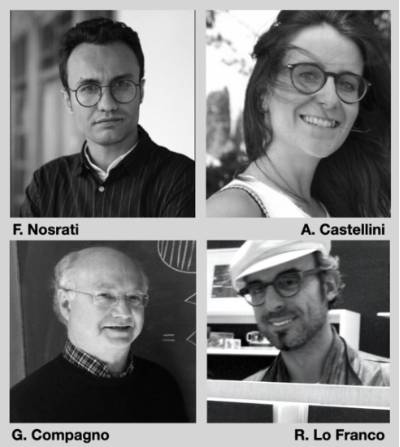
Figura 2: Fisici teorici dei Dipartimenti di Ingegneria e di Fisica e Chimica dell’Università di Palermo hanno recentemente sviluppato una ricerca i cui risultati appariranno a breve su un prestigioso Nature Research journal, npj Quantum Information, che pubblica lavori di grande rilevanza scientifica nel campo della quantum information science. Lo studio, coordinato da Rosario Lo Franco del Dipartimento di Ingegneria, ha come altri autori Farzam Nosrati (foto in alto a sinistra), dottorando in Information and Communication Technologies del Dipartimento di Ingegneria, Alessia Castellini e Giuseppe Compagno del Dipartimento di Fisica e Chimica.
Vedi qui la notizia: https://www.unipa.it/Ricerca-Unipa-sulla-meccanica-quantistica-pubblicata-sul-prestigioso-Nature-Partner-Journal-npj-Quantum-Information-Nature-research-journal/
Vedi qui la pubblicazione: https://www.nature.com/articles/s41534-020-0271-7
Figure 2: Theoretical physicists of the University of Palermo have recently developed research whose results will appear shortly in a prestigious Nature Research journal, npj Quantum Information, which publishes works of great scientific relevance in the field of quantum information science. The study, coordinated by Rosario Lo Franco of the Department of Engineering, includes as other authors Farzam Nosrati (top left picture), PhD student in Information and Communication Technologies of the Department of Engineering, Alessia Castellini and Giuseppe Compagno of the Department of Physics and Chemistry.
Here is the link to the news: https://www.unipa.it/Ricerca-Unipa-sulla-meccanica-quantistica-pubblicata-sul-prestigioso-Nature-Partner-Journal-npj-Quantum-Information-Nature-research-journal/
Publication URL: https://www.nature.com/articles/s41534-020-0271-7
--------------------------------------------------------------------------------------------------------------------------------------------------------------------------------------
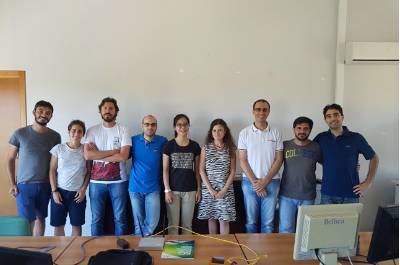
Figura 3: Gruppo di dottorandi in ICT del XXXII, XXXIII e XXXIV ciclo, nel laboratorio di Telecomunicazioni del Dipartimento di Ingegneria dell’Università di Palermo, con tre post-doc e con la coordinatrice del Dottorato Ilenia Tinnirello. Tutti i dottorandi lavorano attivamente a diversi progetti di ricerca, anche europei, su:
reti 5G (https://flex5gware.eu),
reti programmabili (http://www.wishful-project.eu),
tecnologie IoT (https://enlightem.eu).
tecnologie per comunicazioni sottomarine (https://wsense.it/)
Figure 3: A group of Ph.D students in ICT, XXXII, XXXIII and XXXIV ciclo, in the Telecommunications Lab at the Engineering Department of the University of Palermo, with three post-docs and with the Ph.D. Program Coordinator, Ilenia Tinnirello. All the students work on international or national research projects, such as:
H2020 project on 5g networks (https://flex5gware.eu),
H2020 project on programmable network (http://www.wishful-project.eu),
H2020 ETN project on VLC (https://enlightem.eu).
Underwater communications (https://wsense.it)
--------------------------------------------------------------------------------------------------------------------------------------------------------------------------------------
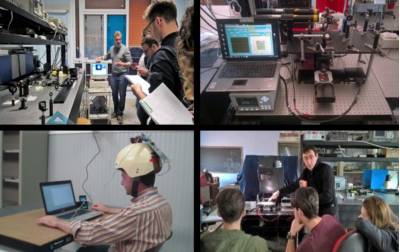
Figura 4: Gruppi di studenti e dottorandi presso il Laboratorio di Ottica ed Optoelettronica (Laboratory of Optics and Optoelectronics - LOOX) del Dipartimento di Ingegneria dell’Università di Palermo. Il Laboratorio LOOX (responsabile: Prof. Alessandro Busacca) ha una vasta esperienza nei seguenti campi: dispositivi ottici integrati lineari e non lineari; caratterizzazione di fotorivelatori; microtecnologie fotoniche; dispositivi optoelettronici; biofotonica; comunicazioni ottiche in spazio libero ed in fibra ottica; fabbricazione e caratterizzazione di celle fotovoltaiche; spettroscopia UV/VIS/NIR/THz. Il LOOX è dotato di diverse sorgenti ottiche e di strumentazione per la caratterizzazione ottica: laser CW a diverse lunghezze d'onda; monocromatore; rivelatori ottici; sistema di accoppiamento a prisma per la misura dell'indice di rifrazione e dello spessore di film sottili; simulatore solare di classe AAA; sistema di caratterizzazione di celle fotovoltaiche basato sulla tecnica LBIC (Laser Beam Induced Current).
Figure 4: Teaching and research activities at the Laboratory of Optics and Optoelectronics (LOOX) of the Department of Engineering of the University of Palermo. LOOX, headed by Prof. Alessandro Busacca, has a wide experience in: linear and nonlinear integrated optical devices; photodetectors characterization; photonic microtechnologies; optoelectronic devices; biophotonics; free space optics communication; fiber-optic communication; fabrication and characterization of photovoltaic cells; UV/VIS/NIR/THz spectroscopy. LOOX is equipped with several sources and instruments for optical characterizations: CW lasers at different wavelengths; monochromator; optical detectors; prism coupling system for measurement of refractive index and thickness of thin films; AAA class solar simulator; photovoltaics cells characterization system based on the Laser Beam Induced Current (LBIC) technique.
--------------------------------------------------------------------------------------------------------------------------------------------------------------------------------------
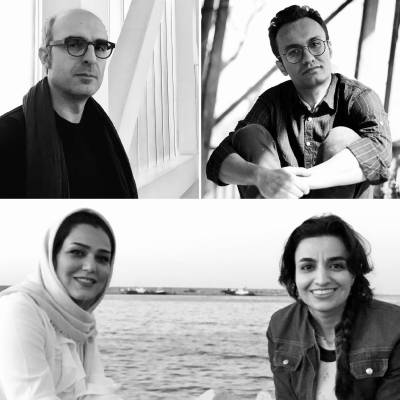
Figura 5: Attuali componenti del gruppo di Quantum Resources coordinato da Rosario Lo Franco (in alto a sinistra): Farzam Nosrati (PhD student, in alto a destra), Mahshid Shadfar (PhD student, in basso a sinistra), Kobra Mahdavipour (PhD student, in basso a destra). Link alla pagina del gruppo: https://rosariolofranco.weebly.com/




